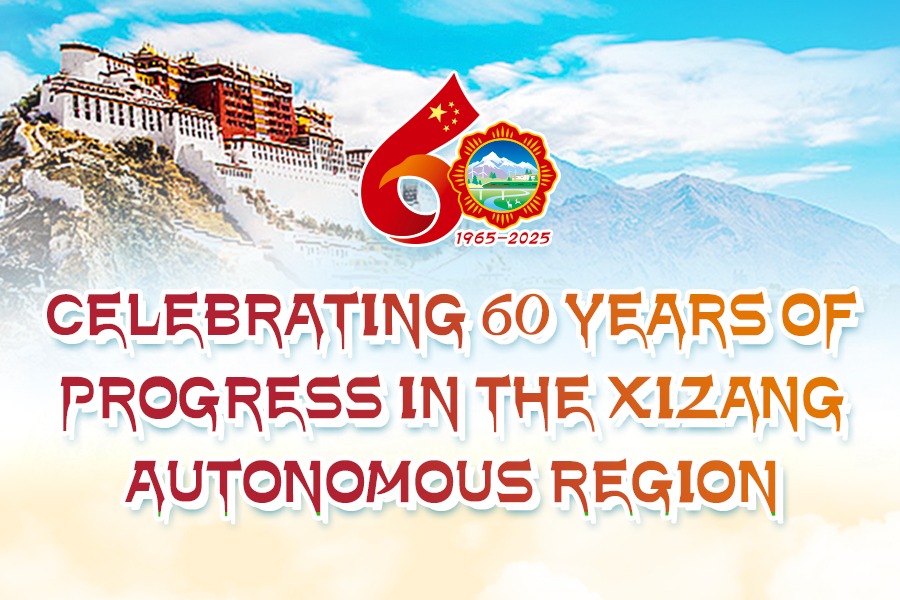Shanxi site provides more clues about ancient humans

Research on the origin, evolution and diffusion of humans has long been a popular topic in the field of paleoanthropology.
Led by Chinese scientists, an international research team's recent study of a site in North China's Shanxi province has unveiled fresh insights into the characteristics of Homo sapiens dating back 45,000 years.
Located on the southwest margin of Nihewan Basin, the Shiyu site in Shanxi's Shuozhou city was discovered in 1963.
Since 2012, archaeologists from the Institute of Vertebrate Paleontology and Paleoanthropology of the Chinese Academy of Sciences, Peking University and various universities and research institutions in China, Australia, France, Britain, Japan, Spain and Germany have carried out comprehensive, multi-disciplinary and cross-platform international collaborative research at the site.
The deposits found at the site indicate that the Shiyu Homo sapiens lived on flat terraces beside rivers, with grassland as their main vegetation.
The archaeologists conducted carbon-14 dating on three animal bone fragments with scratches to obtain direct evidence and establish an accurate timeline of human activity at the site.
They analyzed the data using the Bayesian model — which combines prior knowledge about a population with evidence from information contained in a sample to make an inference — and extended the site's age from about 35,000 years ago to 45,000 years ago.
The study indicates that Shiyu Homo sapiens were skilled in hunting and resource utilization, said Yang Shixia, from the IVPP, who is the first author of the study.
They made and used composite tools to hunt equids — animals related to horses such as donkeys and tapirs — ate meat and bone marrow and used animal skins, Yang added.
Archaeologists also found that the stone tools, ornaments and bone implements unearthed at the site exhibit both Eastern and Western characteristics, providing evidence of the complex human history in East Asia at the time.
The study has updated the traditional understanding of the diffusion and cultural development of Homo sapiens in the region, Yang said.
This study is of great significance for advancing the understanding of the evolution and spread of humanity from a global perspective, Yang added.
Xinhua
- China's anti-fascist war to be retold through words of Western correspondents
- Fuxing Island to host 2025 Shanghai Urban Space Art Season
- Flight ban call after drones collide above iconic Shanghai skyscraper
- Officer shines as a leader who treats his soldiers like an elder brother
- Businesswoman accused of corruption extradited back to China
- One day in Taicang: Play apprentice, be a local





































